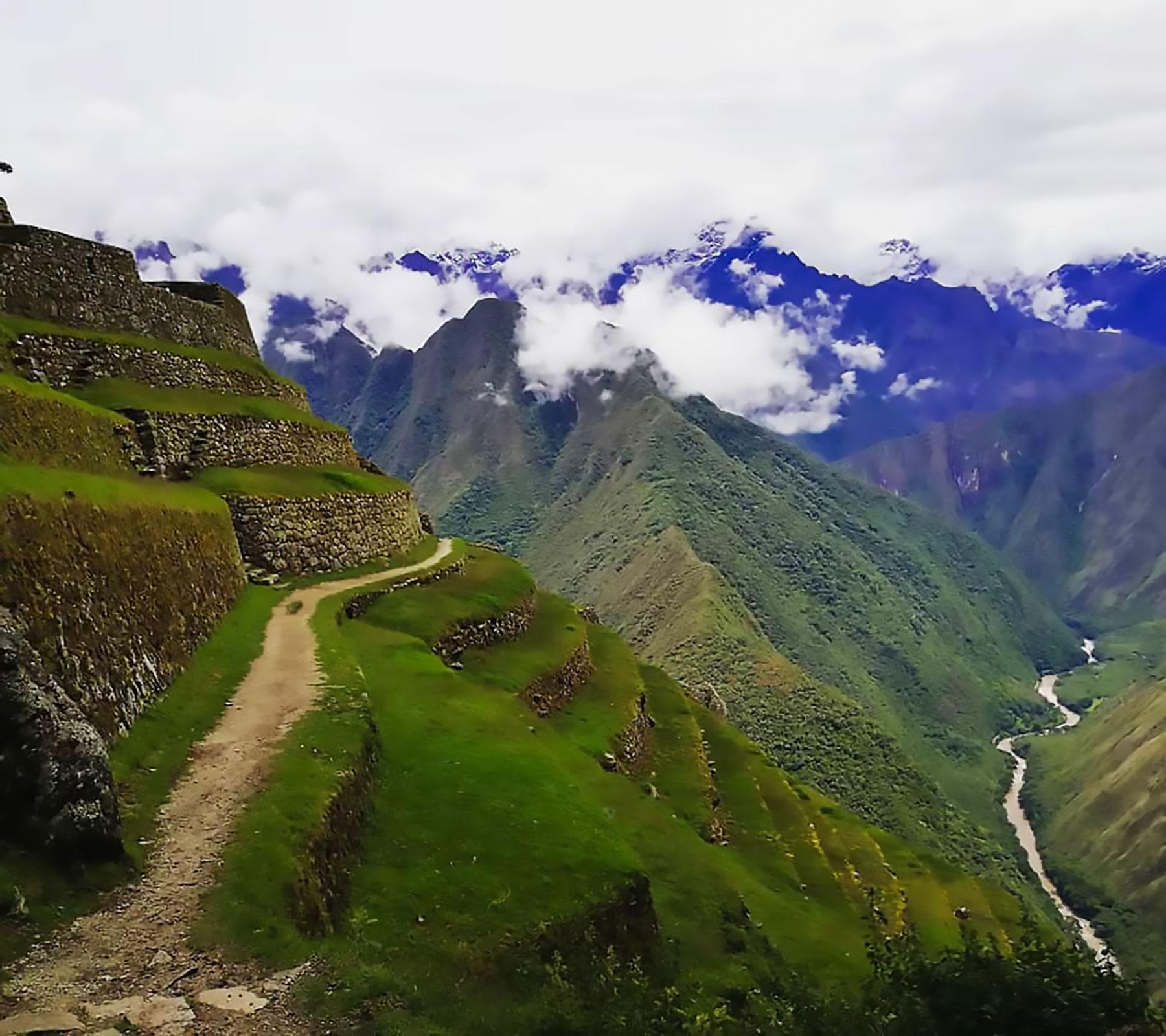Love Where Your're Going
Explore Your Life, Travel Where You Want!
Are you planning to travel to Peru? Machu PicchuT can help you fulfill your dream by providing the best experience and unforgettable memories.

Thinking of Hiking the Inca Trail? Discover the Latest FAQs for 2026.
The Inca Trail regulations are updated annually. As a result, we've refreshed our list of the most frequently asked questions to help you prepare for your 2026 trek.
Yes, it is possible to visit Machu Picchu without hiking the Inca Trail. You can travel by train or choose alternative treks that do not require permits for the Inca Trail.
However, if you booked the Inca Trail and decide to cancel in order to only visit Machu Picchu, this is not allowed. Inca Trail permits are non-transferable and cannot be used for entry to the citadel alone.
According to the new Inca Trail rules, permits no longer include entrance tickets to Machu Picchu. Therefore, it is essential to purchase your Machu Picchu ticket separately, in addition to your Inca Trail permit.
Previously, Inca Trail permits included citadel access, but this is no longer the case under the updated regulations.
Absolutely! It's crucial to book your Inca Trail trek well in advance. Availability is limited, so the best way to ensure you get to experience this trek to Machu Picchu is to secure your spot early. You can make reservations online, and payment of the entrance fee is required to confirm your booking.
Due to the limited number of permits, booking in advance is essential. Only 500 permits are issued each day for the Inca Trail, including about 200 for tourists and 300 for guides, porters, and cooks.
The recommended booking time depends on the season and demand:
Note: The Inca Trail is closed in February due to maintenance and heavy rains. However, alternative treks and train tours to Machu Picchu remain available during this period.
Click the "Book Online" button on our website to make a reservation. Fill out the form with your accurate details. We will send you a confirmation email, so it is essential that you review all information carefully. Discrepancies in passport numbers or names cannot be corrected later and may result in entry issues.
The Inca Trail spans approximately 42 kilometers (26 miles). While the exact daily distances vary due to campsite assignments by the Ministry of Culture, plan to walk 6 to 9 hours each day.
No, independent hikes are not permitted. Since June 2002, all hikers have been required to be accompanied by a certified guide. Licensed tour operators are required to meet strict equipment and safety standards.
There are around 250 authorized tour operators for the Inca Trail. They must pass rigorous background checks and renew their licenses annually.
RELATED INFO: INCA TRAIL BEST TOUR OPERATOR
No, you must present a valid passport to enter Inca Trail and Machu Picchu. Make sure that the details on your ticket are correct.
Your ticket must match your passport exactly. If there are errors, you may be denied entry and face additional fees for corrections. Double-check all details when booking to avoid issues.
Yes, alternatives include:
Yes, Machu Picchu limits visitors to 5,600 per day, while the Inca Trail has a daily cap of 500 hikers.
The 2-day Inca Trail trek is perfect for those with limited time or who prefer a shorter hike. It begins at km 104 and includes highlights like Wiñay Wayna before reaching Machu Picchu. Trekkers often spend the night in Aguas Calientes and return to Machu Picchu the next day.
Prices vary based on the type of service:
Group Service: USD 750 to 880 per person for a 4-day trek, including permits, meals, and train return.
Private Groups: Prices range from USD 950 to 1500 per person, depending on group size and luxury level.
Extra porters for personal items cost between USD 130 and 150. Tipping is customary but not obligatory. Typical tips are around USD 20 per porter, USD 30 for the cook, and USD 50 for the guide.
Porters' conditions vary. They may sleep in communal tents and receive minimal food. It’s crucial to recognize their hard work and consider tipping or gifting items like clothing or school supplies.
The Inca Trail is physically demanding, covering 43 km with significant elevation changes. Proper fitness is necessary to tackle the strenuous portions, especially on the second day.
Acclimatization is key. Spend a few days in Cusco or the Sacred Valley before starting your trek. Staying hydrated, avoiding alcohol, and resting are crucial for handling altitude sickness.
Groups typically range from 12 to 16 people, with a maximum size of 16.
Although the trail is busier during peak season, current regulations ensure there is enough space for everyone. Although you’ll see many tents and dining areas at campsites, this doesn’t take away from the stunning natural landscapes that surround you.
Recent improvements have enhanced toilet facilities along the trail, with flush toilets at larger campsites. For necessary stops between campsites, follow proper hygiene practices.
For further details or to check availability, feel free to contact us!
Machu PicchuT Travel offers the best all-inclusive Inca Trail to Machu Picchu tours in Peru.